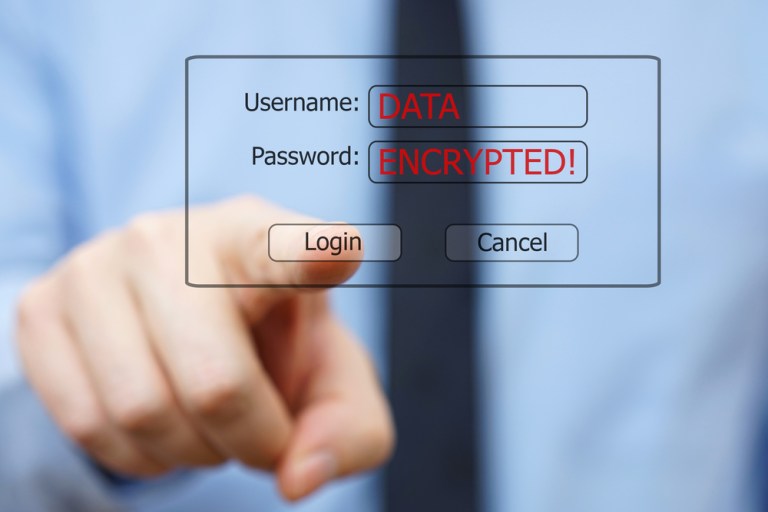
You know what they say, cybercrime pays.
Last week, the FBI published a report confirming the fact – the data noting that, in 2015, ransomware attacks left businesses and individuals feeling the burn of more than $1.6 billion in losses.
In the FBI’s Internet Crime Complaint Center (IC3) annual report, the agency said it received 2,453 ransomware-related complaints during the last calendar year, The Washington Times reported.
In the “2015 Internet Crime Report,” Randall C. Coleman, executive assistant director of the FBI’s Criminal, Cyber, Response and Services Branch, said:
“As cybercriminals become more sophisticated in their efforts to target cybervictims, we must also grow our capabilities to successfully combat and defeat them. The evolving nature of Internet crime presents a unique set of challenges, as crimes often overlap jurisdictional boundaries and perpetrators can attack from anywhere on the globe.”
According to the report, IC3 received a total 288,012 complaints last year for a wide range of cybercriminal activities, resulting in more than $1.07 billion in reported losses. Ransomware attacks and threats are said to have accounted for $1,620,814 of that sum, the report stated.
It’s no secret that ransomware is a fast-growing threat to both businesses and individuals.
Earlier this year, Chris Stangl, a section chief at the FBI’s Cyber Division, called ransomware “a prevalent, increasing threat” in an interview with The Wall Street Journal.
Ransomware, Stangl says,“is growing … The only reason why these campaigns are successful is because people pay.”
Many security experts believe paying hackers only encourages the criminals to do the same to others. Once they see their tactics are working, they will continue to attack.
In the first three months of 2016 alone, cybercriminals have collected $209 million by extorting businesses and institutions to unlock computer servers. At that rate, ransomware will be a $1 billion a year criminal industry this year, with total losses being even higher once related business costs are factored in.